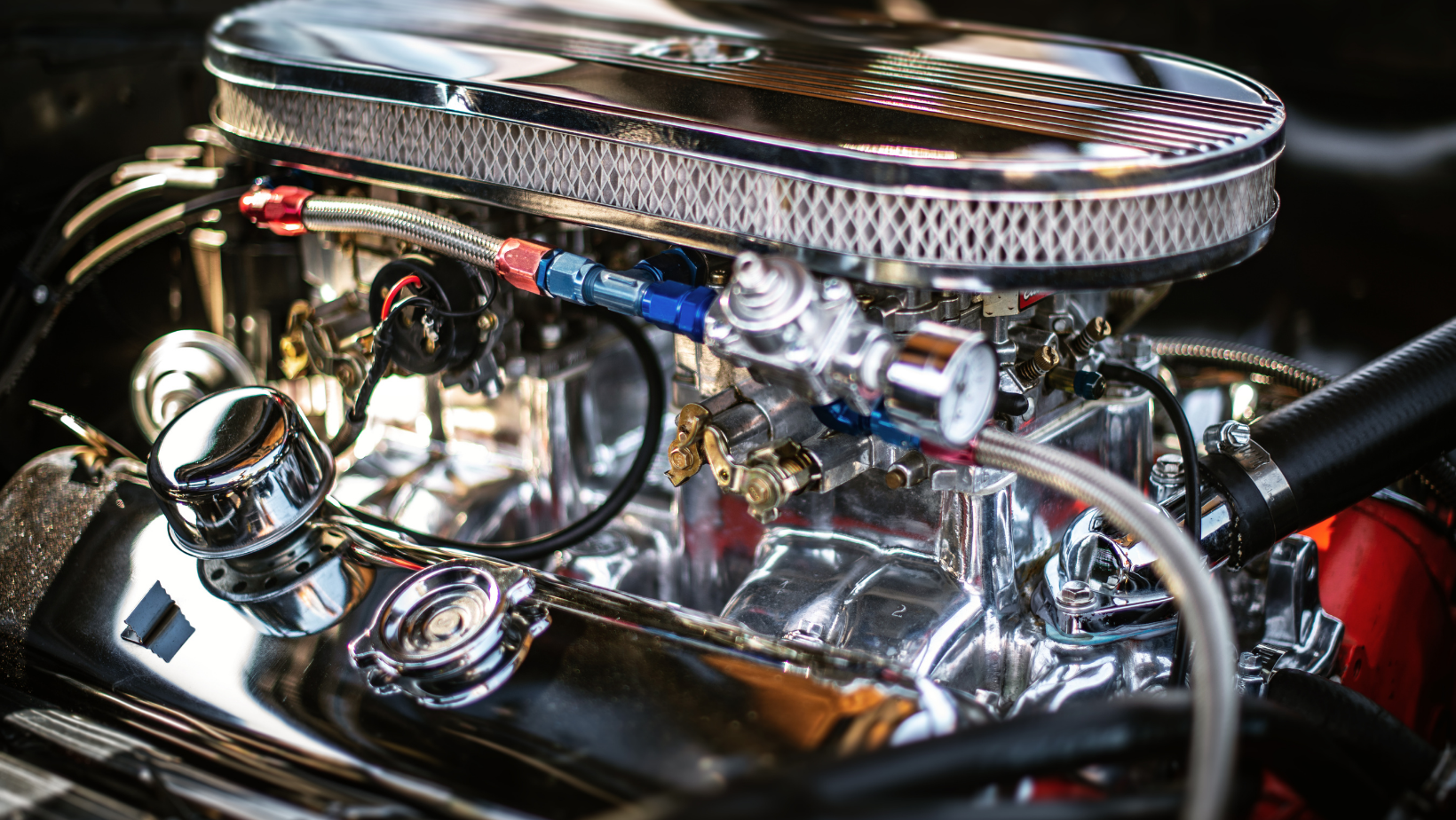Oil Catch Cans / Breather Tanks - What Are They and Do You Need One?

Ok. Yes we are going to be tackling a very talked about topic today, catch cans are they useful? What do they do? and do you need one in your vehicle? Before we can dive into that we first need to understand what a catch can is, let's get into it.
What Is A Catch Can?
Oil catch cans are simple devices that can greatly benefit direct injected engines. They are designed to prevent oil and other contaminants from causing buildup inside the engine's intake manifold.
Why Do We Need Catch Cans?
Well piston rings do not seal 100% and internal combustion engines aren't perfect. As a result, pressurised gases from the combustion process tend to leak into the crankcase. This is better known as “blow by” and is a by-product of the modern combustion engines today.
When this pressurised air is mixed with a spinning crankshaft and other hot,fast moving internal components, oil droplets get partially vaporised. As a result this pressure needs to escape somehow via a ventilation system known as a PCV or Positive Crankcase Ventilation Valve.
These vaporised oil particles then escape through the PCV. Because they contain contaminants that are a byproduct of combustion, they are required by the emission laws to be redirected back into the engines intake system and then processed through the emission control devices found within the vehicle's exhaust system.
While this can be seen as a necessary thing to therefore reduce air pollution and respect the emission regulations, It isn’t exactly great news for your vehicle's intake system.
How Does A Catch Can Work?
A catch can is an addition to the breather hose that's located between the intake system and PCV. The breather hose from the PCV is disconnected from the air intake and re-routed directly to the input of the catch can.
Now the air is being directed into the bottom of the catch can through tubing and then returned back to the top of the catch can, then towards the outlet after passing through a filter inside the catch can.
From the outlet side, a hose is connected which completes the setup and is reconnected to the air intake port. As the air passes through the filter in the catch can, any oil particles are trapped in the filter and pool to form large droplets before falling into the bottom of the catch can.

If These Are SO Important Why Don’t I Have One Fitted From Factory?
Well putting it bluntly, it boils down to manufacturing cost as well as increased maintenance and servicing.
You see, vehicle manufacturers scrutinise each and every last bolt that is fitted to a factory vehicle. As a result when building thousands if not millions of these particular vehicles, every single bolt adds up to a lot of money.
The simple fact is, issues that arise from not having a catch-can fitted to your vehicle can often happen or arise after the set warranty period is over.
It also costs more in labour to have a dealer mechanic empty your catch can.

Why Am I Only Hearing About Catch Cans Now?
Well, years ago most if not all engines had crankcase breathers that were designed to vent directly into the atmosphere. As the years progressed emission and pollution laws became stricter, these breathers then needed to be plumbed back into the intake system.
In most cases, this isn’t too much of an issue, but as we talked about before carbon build up can lead to future problems for your vehicle., especially on more modern diesel engines that have higher crankcase pressure.
So Should You Get One?
A catch can is a great way in maintaining the effects or “blow by” build up. When the vehicles have a turbo or supercharger fitted which will only intensify the effects of “blow by” further.
If you decide that a catch can is good insurance, and worth the expense, definitely buy a good quality one. Also keep in mind that a catch can needs to be monitored and serviced correctly to ensure that it continues functioning as intended.
If you would like to grab your own, check out our range of catch cans/ breather tanks.


